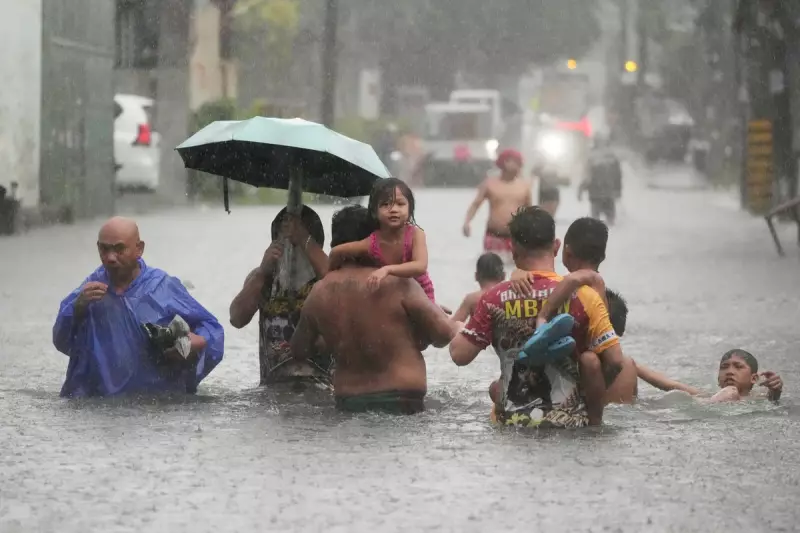
Vietnam and southern China have experienced record-breaking rainfall, leading to catastrophic flooding and landslides. The extreme weather event has claimed lives, displaced thousands, and caused widespread damage to infrastructure.
According to meteorological reports, some regions received more than double their average monthly rainfall in just a few days. The Vietnamese city of Wiphra recorded its highest-ever 24-hour rainfall, while parts of China’s Guangdong province saw rivers swell to dangerous levels.
Climate Change Connection
Scientists are increasingly linking such extreme weather patterns to climate change. Warmer global temperatures are intensifying the water cycle, leading to more frequent and severe rainfall events.
"What we're seeing aligns with climate models predicting more extreme precipitation in Southeast Asia," said Dr. Linh Nguyen, a climatologist at Hanoi University. "This isn't just bad luck - it's the new normal."
Human Cost and Response
The floods have:
- Killed at least 15 people across both countries
- Forced over 50,000 evacuations
- Destroyed crops and farmland
- Damaged roads and bridges
Emergency services in both nations are working around the clock, with rescue teams using boats to reach stranded residents. Authorities have opened temporary shelters and are distributing food and clean water.
Long-term Implications
The disaster raises urgent questions about:
- Urban planning in flood-prone areas
- The need for improved early warning systems
- Regional cooperation on water management
- Climate adaptation strategies
As cleanup efforts continue, meteorologists warn more heavy rain could be on the way, potentially exacerbating the crisis.





